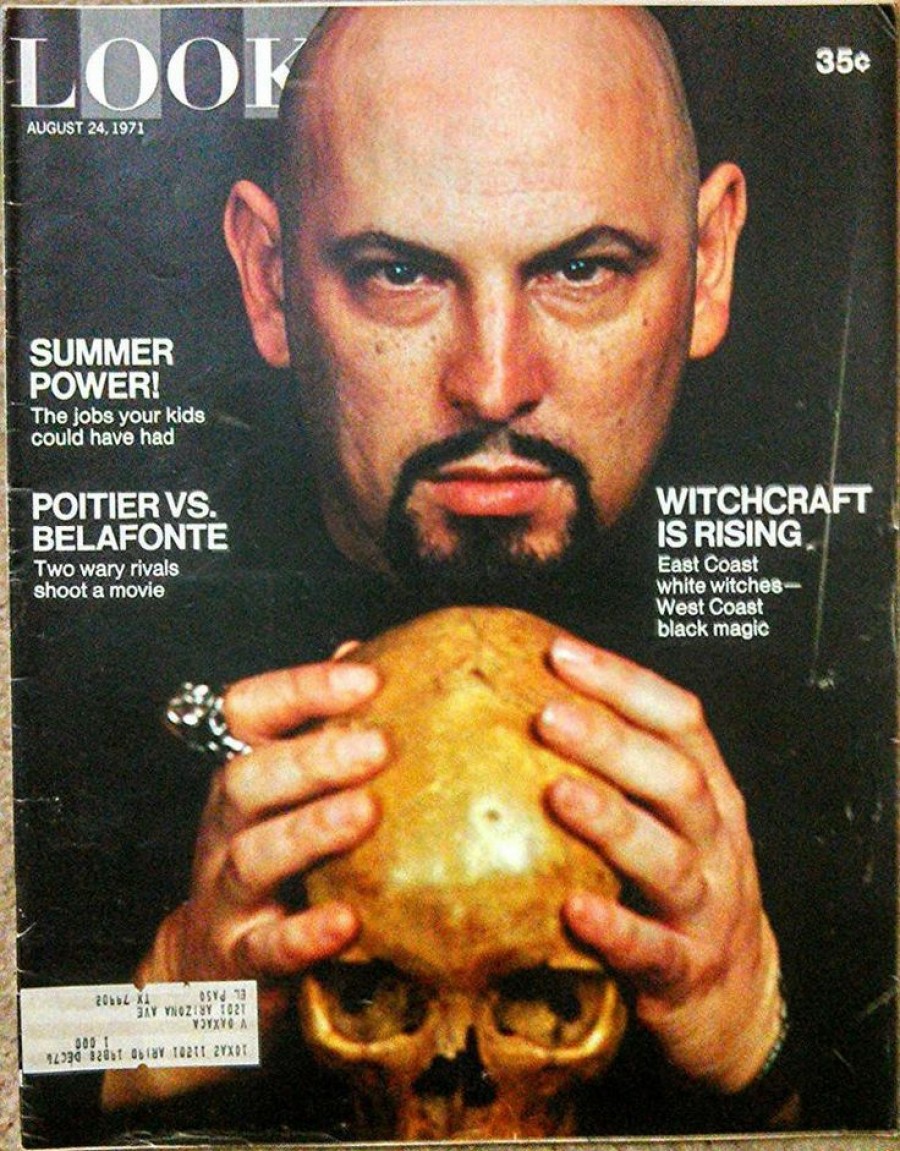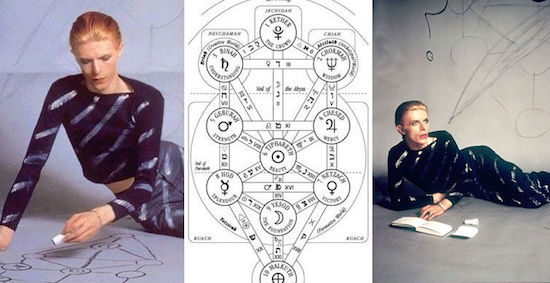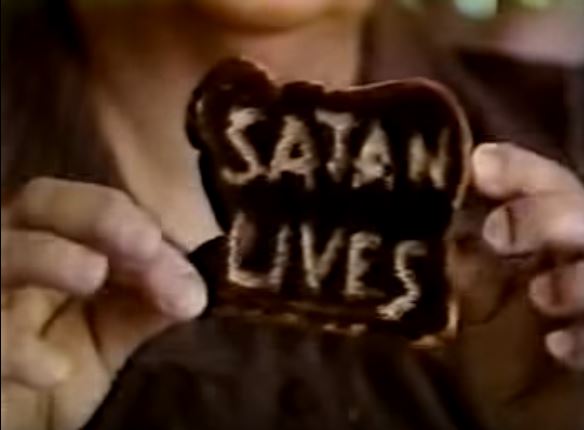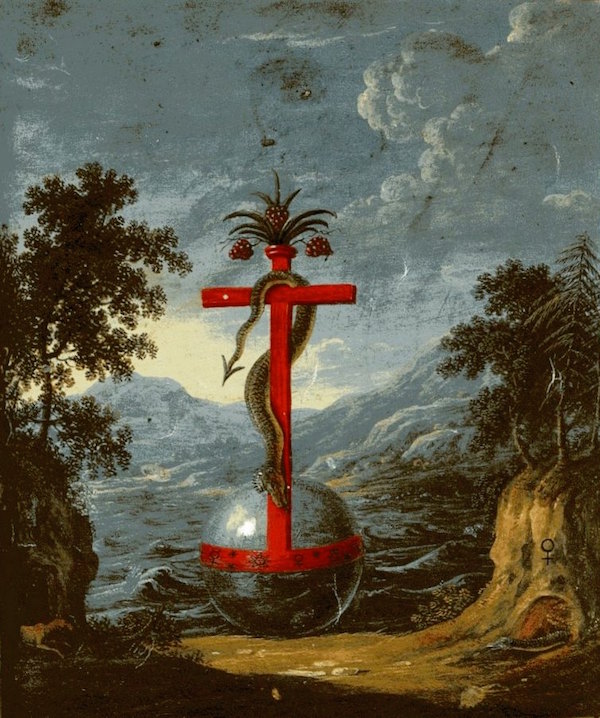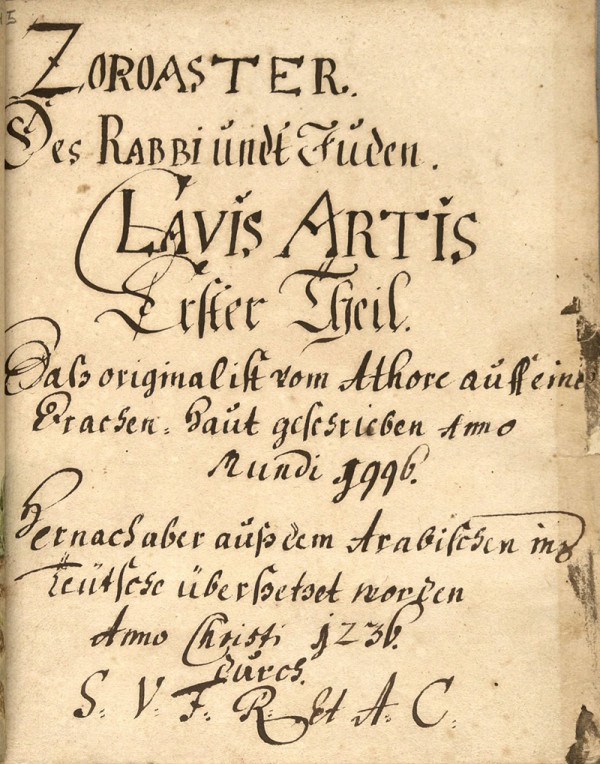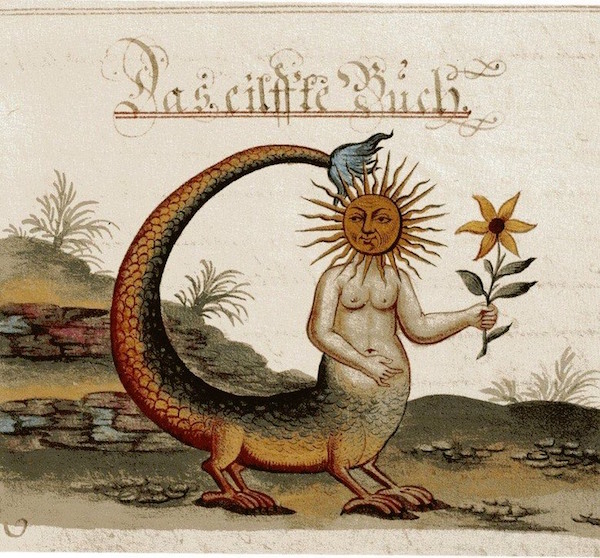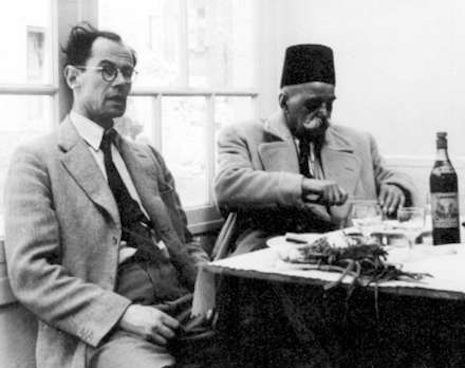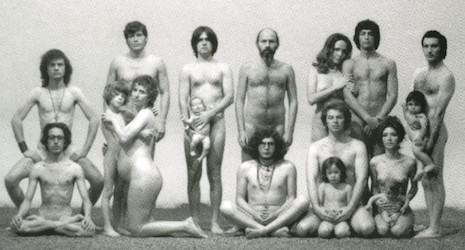
Edgar Swank in cloak, two female members of the COS, Anton LaVey, Lois Murgunstrumm on the fireplace altar, and Diane LaVey.
The Black Pope, Anton Szandor LaVey, was, depending on who you ask, either one of the great 20th Century iconoclasts or merely a moderately successful con artist. Either way, LaVey, who founded the Church of Satan in 1966, certainly knew how to work the press—and he certainly made good copy for the tabloids. His books The Satanic Bible, The Satanic Rituals, and The Compleat Witch sold millions of copies and his church, at its height, boasted of hundreds of thousands of members (though some have challenged those numbers).
A gorgeous hardcover photography book titled California Infernal was released in May by Trapart books in an edition of 400 copies. The tome contains over 100 rare and previously unseen photographs of Satanist Anton LaVey, as well as film star Jayne Mansfield and Famous Monsters of Filmland publisher Forrest J. Ackerman.
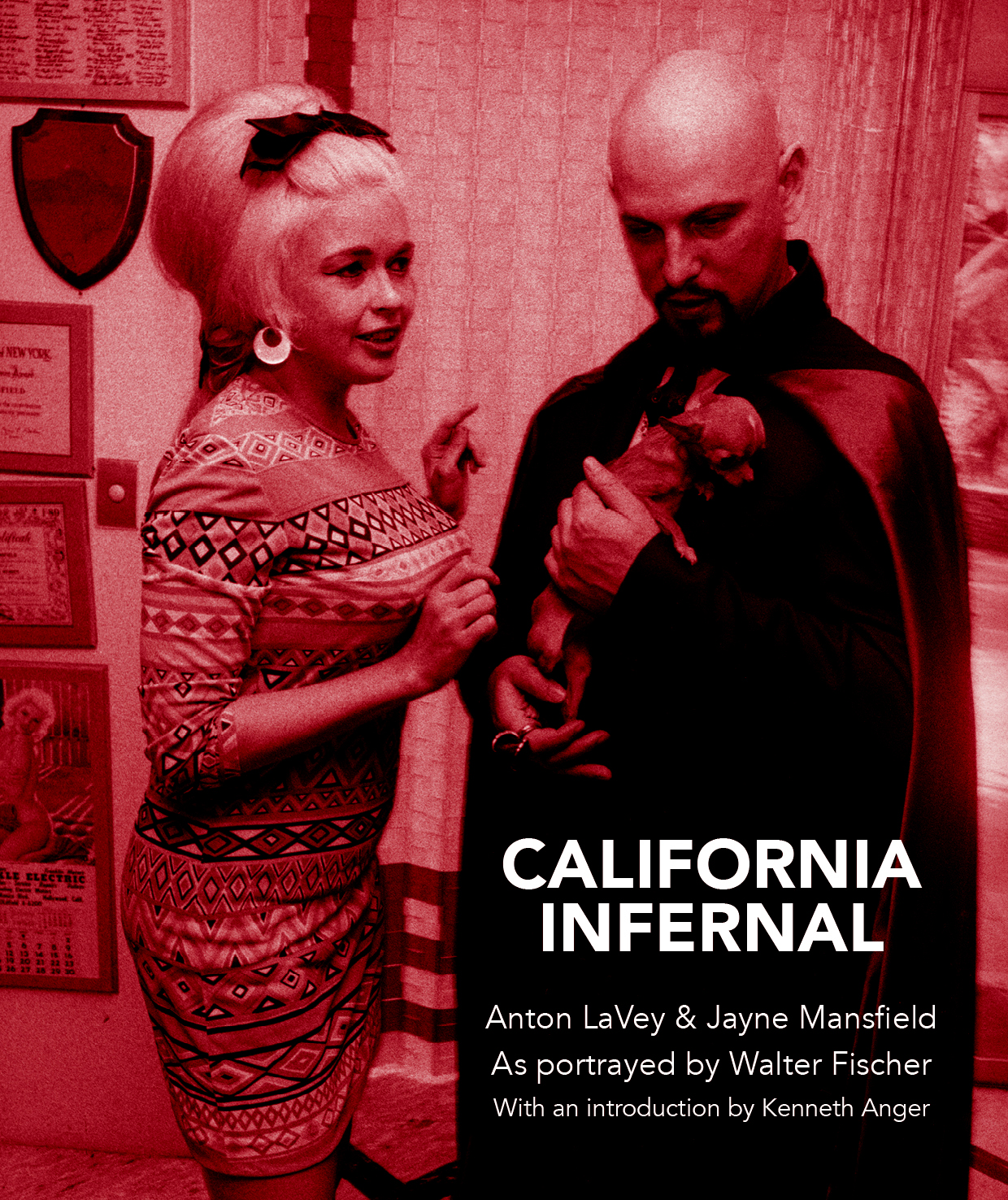
The photos, the work of freelance paparazzo Walter Fischer, capture LaVey at home in the infamous “Black House”, the headquarters of the Church of Satan, as well as at the “Ackermansion” and Mansfield’s Hollywood “Pink Palace.”
Though some of the photos are staged for publicity, many of the most intriguing photos are candid shots of LaVey doing relatively normal stuff. My personal favorites are a series of shots of LaVey geeking out over Ackerman’s collection of horror movie ephemera.
The majority of the photos were taken in the Church of Satan’s second year of existence. Anyone with an interest in LaVey as a cultural icon or in the history of the COS, would be well-served to pick up a copy of California Infernal by following this link. It makes an excellent companion piece to the exhaustive, and also-recommended, The Church of Satan, Volume One and The Church of Satan, Volume Two by former COS member Dr. Michael Aquino.
Here’s a gallery of some of the photos published in California Infernal which Trapart Books was kind enough to share exclusively with Dangerous Minds:
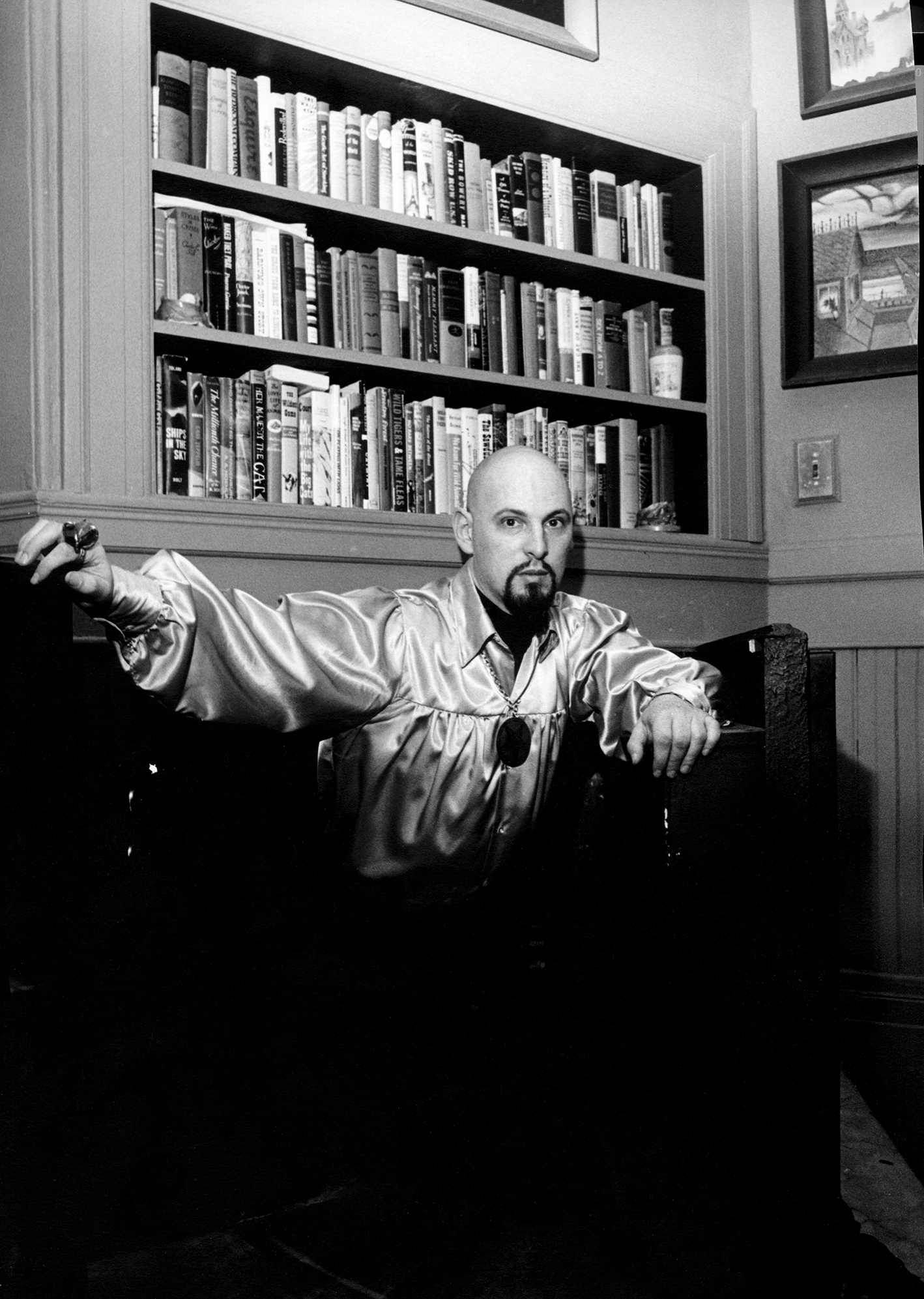

LaVey and “Forry” Ackerman.
More after the jump…






